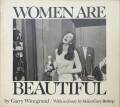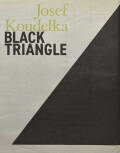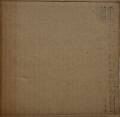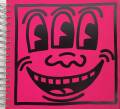Otto Steinert - Subjektive Fotografie 2 - Ein Bildband moderner Fotografie, Brüder Auer Verlag, 1955, Bonn

Otto Steinert - Subjektive Fotografie 2 - Ein Bildband m...

Otto Steinert - Subjektive Fotografie 2 - Ein Bildband m...

Otto Steinert - Subjektive Fotografie 2 - Ein Bildband m...
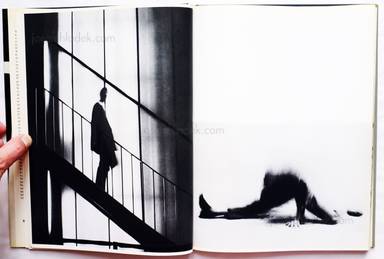
Sample page 1 for book " Otto Steinert – Subjektive Fotografie 2 - Ein Bildband moderner Fotografie", josefchladek.com

Sample page 2 for book " Otto Steinert – Subjektive Fotografie 2 - Ein Bildband moderner Fotografie", josefchladek.com

Sample page 3 for book " Otto Steinert – Subjektive Fotografie 2 - Ein Bildband moderner Fotografie", josefchladek.com

Sample page 4 for book " Otto Steinert – Subjektive Fotografie 2 - Ein Bildband moderner Fotografie", josefchladek.com
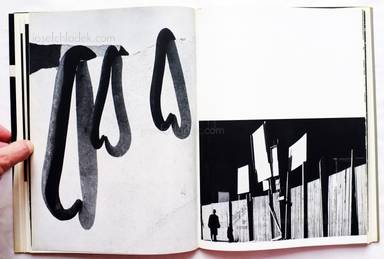
Sample page 5 for book " Otto Steinert – Subjektive Fotografie 2 - Ein Bildband moderner Fotografie", josefchladek.com
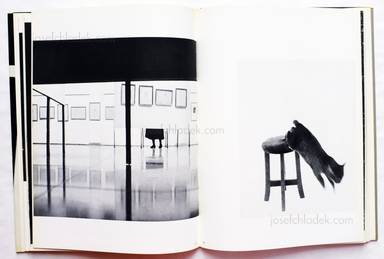
Sample page 6 for book " Otto Steinert – Subjektive Fotografie 2 - Ein Bildband moderner Fotografie", josefchladek.com
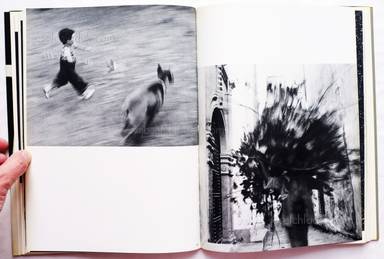
Sample page 7 for book " Otto Steinert – Subjektive Fotografie 2 - Ein Bildband moderner Fotografie", josefchladek.com

Sample page 8 for book " Otto Steinert – Subjektive Fotografie 2 - Ein Bildband moderner Fotografie", josefchladek.com
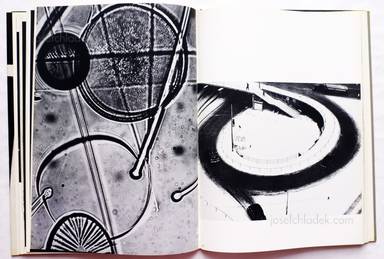
Sample page 9 for book " Otto Steinert – Subjektive Fotografie 2 - Ein Bildband moderner Fotografie", josefchladek.com
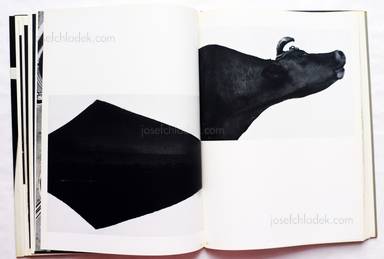
Sample page 10 for book " Otto Steinert – Subjektive Fotografie 2 - Ein Bildband moderner Fotografie", josefchladek.com
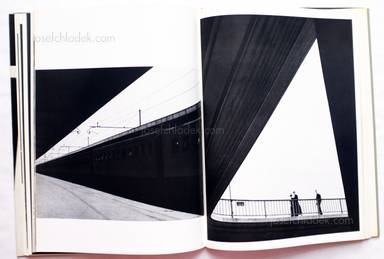
Sample page 11 for book " Otto Steinert – Subjektive Fotografie 2 - Ein Bildband moderner Fotografie", josefchladek.com
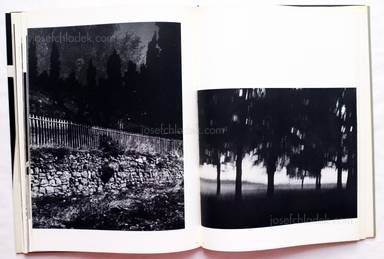
Sample page 12 for book " Otto Steinert – Subjektive Fotografie 2 - Ein Bildband moderner Fotografie", josefchladek.com

Sample page 13 for book " Otto Steinert – Subjektive Fotografie 2 - Ein Bildband moderner Fotografie", josefchladek.com
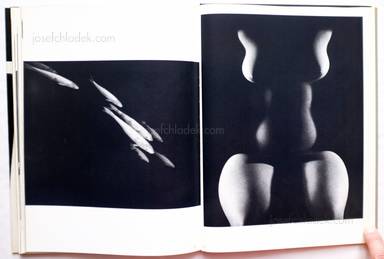
Sample page 14 for book " Otto Steinert – Subjektive Fotografie 2 - Ein Bildband moderner Fotografie", josefchladek.com
Other books by Otto Steinert (see all)

Other books tagged Black & White (see all)









Other books tagged German (see all)









Other books by Brüder Auer Verlag (see all)

Books to shop at placartphoto.com
Hardcover, cloth bound with dustjacket.
". . . Those commonplace and merely 'beautiful' pictures, which thrive mainly thanks to the charms of some actual object, are thrust into the background in favor of experiments and fresh solutions. Adventures into the realm of optics are still for the most part unpopular. But only that photography which enlists the help of the experimental will be able to lay bare al the technical and creative possibilities that are proper to the formation of the visual experience of our times." -- Otto Steinert, 1951
Includes work by Laszlo Moholy-Nagy, Man Ray, Herbert Bayer, Robert Doisneau, Edouard Boubat, Brassai, Bill Brandt, Werner Bischof, Herbert List, Heinz Hajek-Halke, Serge Libiszewski, Pim van Os, Oskar Kreisel, Peter Keetman, Carl Struwe, Roger Schall, Adolf Lazi, Hans Hammarskiold, Helmut Lederer, Meinardus Woldringh, Rune Hassner, Daniel Masclet, Fritz Brill, Toni Schneiders, Siegfried Lauterwasser, Romain Urhaausen, Christer Christian, Pierre Boucher, Otto Steinert, Martien Coppens, Luigi Veronesi, Gustav Hanssen, Arrigo Orsi, Erich Angenendt, Jochen Lischke, Wolfgang Reisewitz, Rene Groebli, Torivan Odulf, Louis Stettner, Jakob Tuggener, Bert Hardy, Helga Merfels, Tore Johnson, Hermann Classen, Rune Hassner, Karl Pazovski, Louis Stettner, Lieselotte Strelow, Hugo Van Wayenoyen, Rolf Winquest, Sten Didrik Bellander, Edith Buch, Kurt Blum, Monika Dietz, Aldo Spadoni, Giuseppe Cavalli, Todd Webb, and Helga Merfels.
The communities of avant-garde artists that had flourished in Europe during the 1920s and early '30s were all but destroyed by World War II. It was not until the late 1940s that an innovative style returned to photography in Germany and Switzerland, largely through the efforts of the medical-doctor-turned-photographer Otto Steinert, founder of the Subjective Photography movement. Rather than exploring external realities, the Subjective photographers investigated the complexities of the individual inner state. They retained many of the experimental techniques practiced at the Bauhaus before the war but worked in a darker, edgier style exemplified by disorienting and expressionistic works.
" . . . the two Subjective Photography books published by Steinert were highly influential, and its approach to photography might be compared to the kind of formalist work being made around the same time at the Chicago Institute of Design . . . the comparison is entirely apt, for both European and American tendencies shared a common heritage -- the Bauhaus. The Chicago brand of new formalism, however, was overlaid with homegrown aesthetic ideas derived from Alfred Steiglitz and American Modernism that gave it a richness and a complexity lacking in the Fotoform group." [Parr and Badger]
". . . The absolute photographic creation in its most advanced forms frees itself of each reproduction of the object, or dematerializes it due to changes in the photographic process, or disengages from the visual point of view, up to turn it into a purely structural element, into an element that is part of the composition . . . As the result of important and creative experiences about form and vision as well as lively transpositions, creating an absolute photography - what we call Subjective Photography - which produces images that do not belong to the usual stereotypes of photography." (Otto Steinert, the creative possibilities of photography, 1955)
Pages: 39+112
Place: Bonn
Year: 1955
Publisher: Brüder Auer Verlag
Size: 23 x 30 cm (approx.)





















